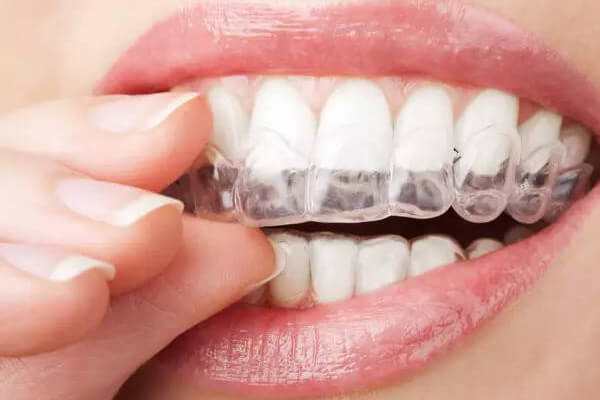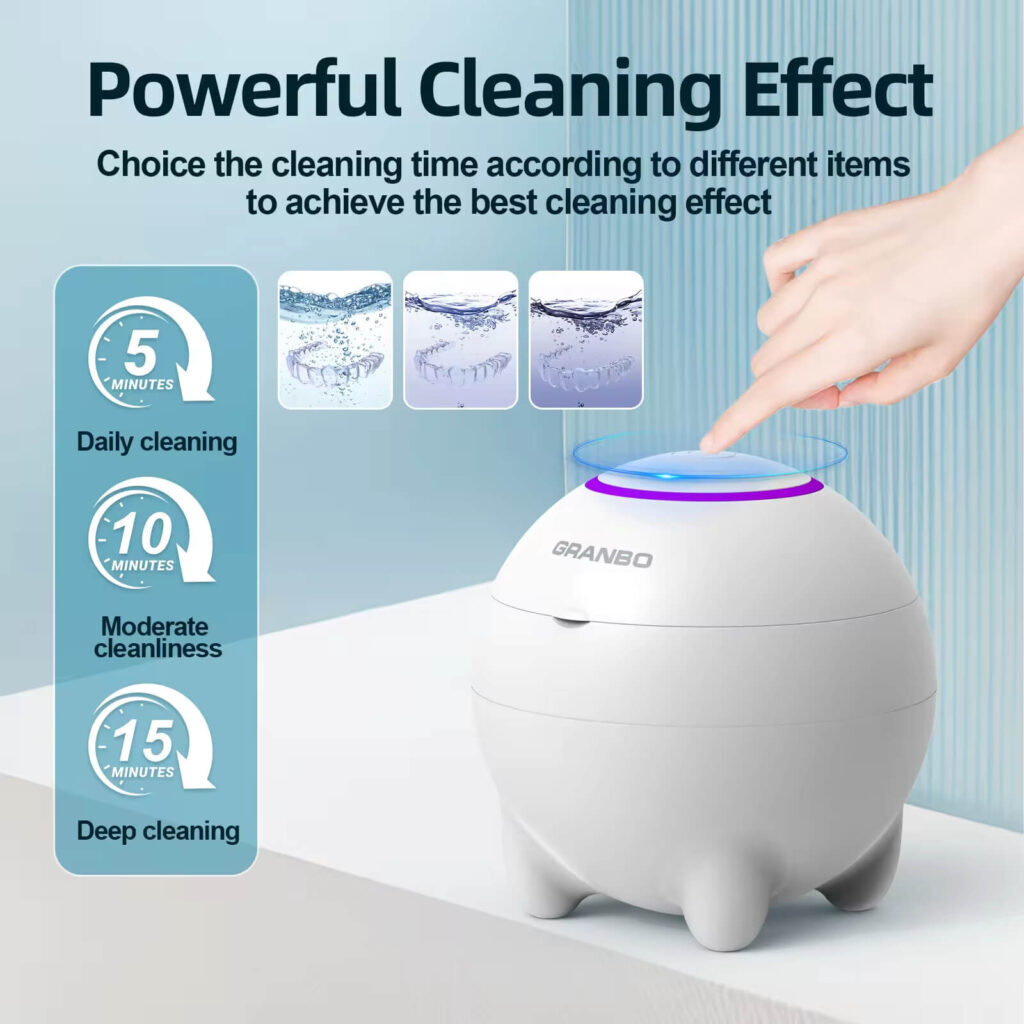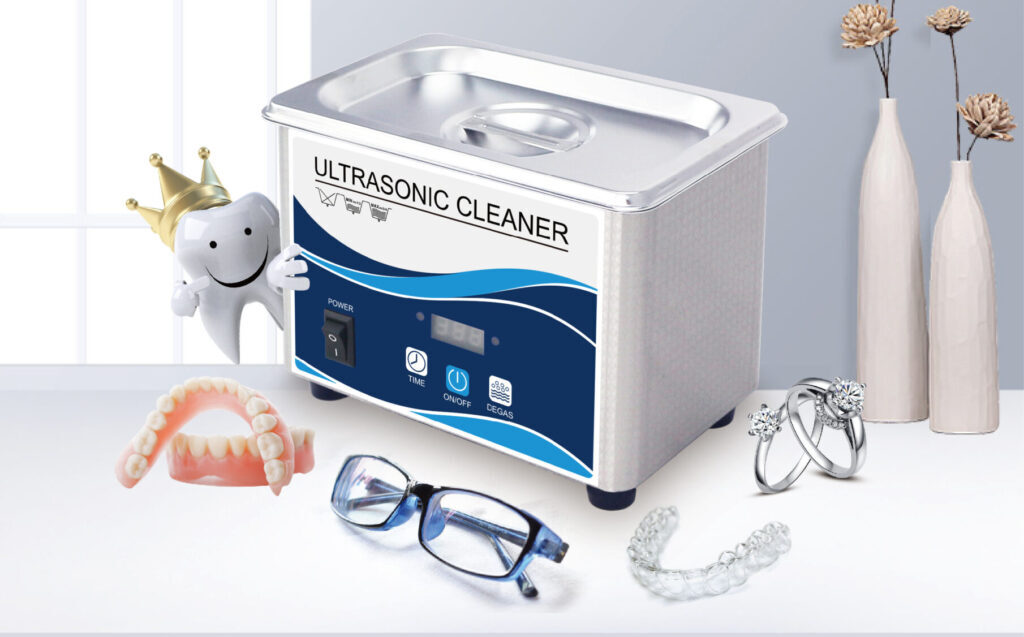Do Ultrasonic Retainer Cleaners Work? What You Need to Know Before You Buy
Browse Volume:134 Classify:Support
If you’ve ever owned a retainer, you know the struggle: no matter how carefully you rinse or brush, that telltale film or faint odor always seems to return. Enter ultrasonic retainer cleaners, devices that promise to scrub away grime without the need for manual effort. But do they actually work? And are they worth the investment? Let’s take a thoughtful look, blending science, experience, and practical advice to help you decide.

Braces
The Appeal of Ultrasonic Cleaning for Retainers
Imagine dropping your retainer into a small bath of warm water, pressing a button, and watching as invisible bubbles do all the work. Ultrasonic cleaners generate high-frequency sound waves that create cavitation bubbles. These bubbles collapse and produce tiny shockwaves that dislodge debris—even from crevices that a brush could never reach. For a device that lives in your mouth, in constant contact with saliva, food particles, and bacteria, that kind of cleaning power sounds ideal.
How Well Do Ultrasonic Retainer Cleaners Perform?

Powerful cleaning Effect Choice the cleaning time according to different items to achieve the best cleaning effec
From both scientific studies and user reports, ultrasonic retainer cleaners generally do work—especially when paired with the right cleaning solution. They excel at loosening and removing plaque film, food particles, and biofilm that can contribute to odors or stains. However, they’re not magic devices. For tough stains (like those from coffee or smoking) or long-neglected retainers, ultrasonic cleaning alone might not restore that fresh-out-of-the-package clarity. But for regular maintenance? They’re incredibly effective and gentle on the material, which matters because harsh brushing can scratch plastic and create places for bacteria to hide.
How to Maximize Effectiveness
If you want your ultrasonic retainer cleaner to truly shine, pairing it with the right solution is key. Warm water with a bit of retainer-safe cleaner (or an enzymatic tablet designed for dental appliances) amplifies the cleaning power. Stick to short cycles—usually 3-5 minutes is plenty. Longer isn’t better; excessive exposure can stress some materials over time. And be sure to rinse thoroughly afterward to remove any residual cleaning agent.
A Comparison: Ultrasonic Cleaning vs. Manual Cleaning
| Method | Pros | Cons |
| Ultrasonic cleaner | Reaches tiny crevices, effortless, gentle | Upfront cost, requires power source |
| Manual brushing | Low cost, always accessible | Can miss tight spots, risk of scratching |
| Soaking solutions | Simple, affordable | May not remove all debris without brushing |
What to Look for in an Ultrasonic Cleaner for Retainers
If you’re considering buying one, prioritize models with adjustable power and timer functions. A frequency of 40 kHz or higher is ideal for dental appliances—strong enough to clean effectively, gentle enough to avoid damage. A compact size is usually sufficient, as retainers don’t take up much space. And models that allow warm water use (without overheating) will deliver better results without compromising the plastic’s integrity.
When selecting a model, look for ultrasonic cleaners that offer adjustable power settings, allowing you to choose a lower intensity that’s gentle on delicate items like retainers or makeup brushes. A frequency of 40 kHz or higher produces finer, less aggressive bubbles ideal for cleaning sensitive materials without risking damage. Consider the tank size—not just for fit but to ensure items can lie flat without bending or crowding, which could reduce cleaning effectiveness. A built-in timer lets you precisely control cleaning duration to avoid overexposure, which can stress adhesives or softer components. If possible, choose a unit with temperature controls; warm water (about 30–40°C) enhances cleaning while safeguarding materials from heat damage. Additionally, a stainless steel tank is more durable and easier to keep hygienic, and models with a mesh basket or accessory tray help prevent small items from contacting the bottom and getting damaged by vibration.
Final Reflection
Ultrasonic retainer cleaners are more than hype. They offer a practical, efficient way to keep your retainer cleaner than manual methods alone. Used correctly and with the right cleaning agents, they can extend the life of your retainer, reduce odors, and protect your oral health.
 Granbo Sonic
Granbo Sonic















